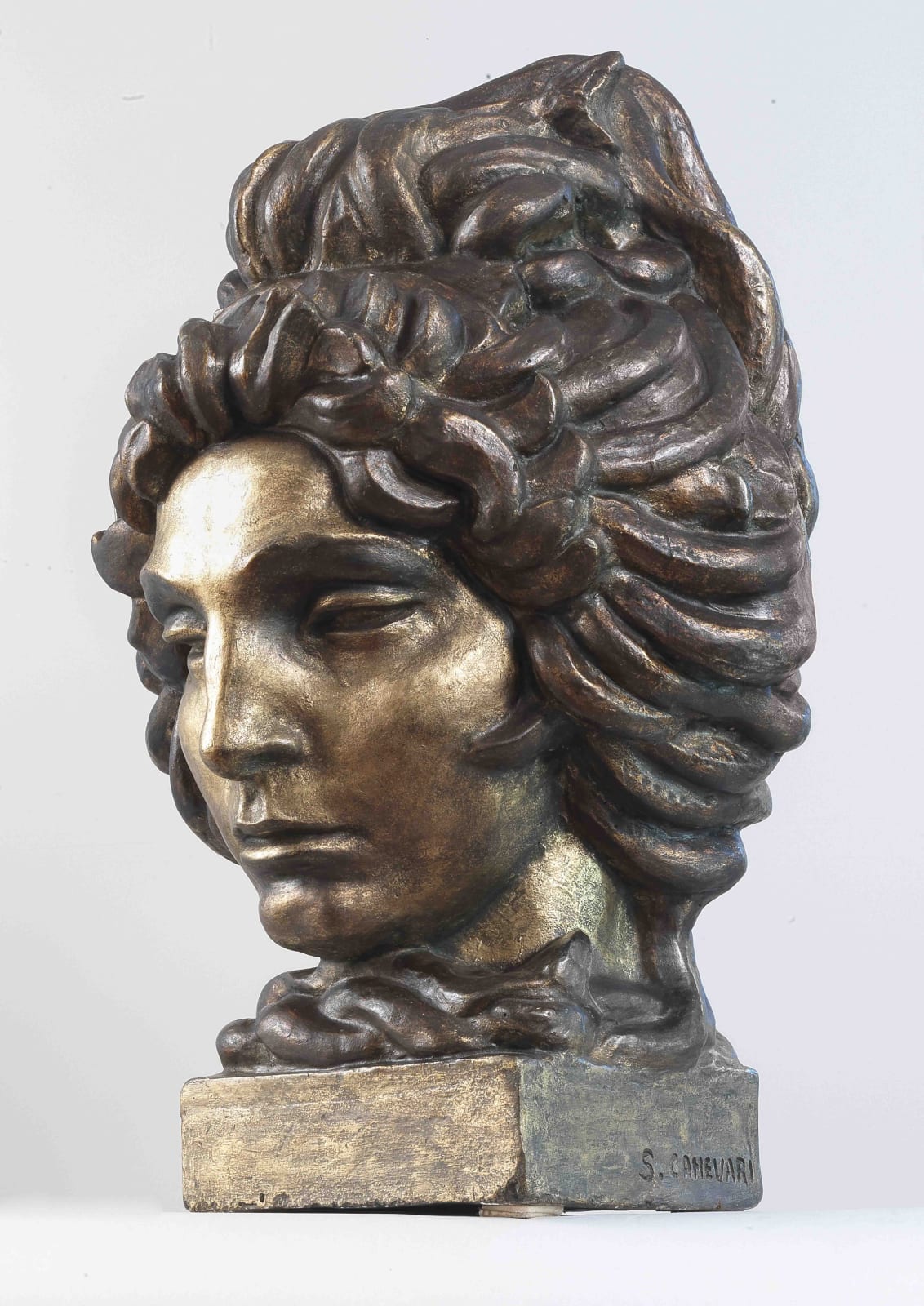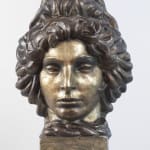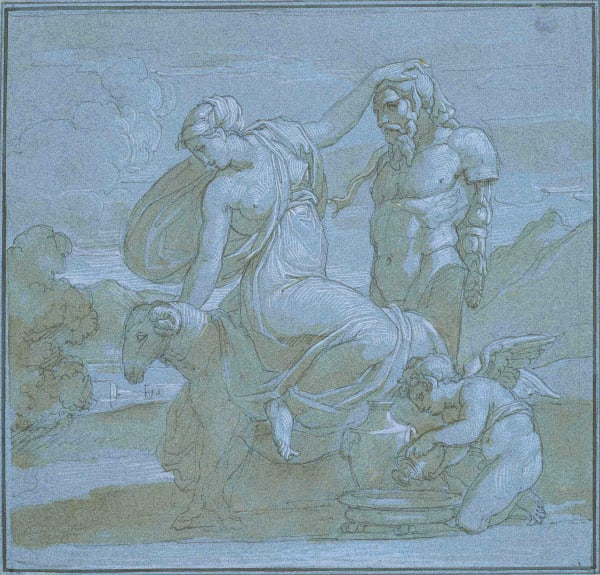

SILVIO CANEVARI VITERBO 1893 -ROME 1932
Exhibitions
II Mostra Internazionale delle Arti Decorative, Monza 1925;
XCII Esposizioni della Società degli Amatori e Cultori di Belle Arti, Rome 1926;
III Mostra del Sindacato Fascista delle Belle Arti di Roma e del Lazio, Rome 1932.
Literature
Catalogo della Seconda Mostra Internazionale delle Arti Decorative, Villa Reale di Monza, May – October 1925, Casa editrice Alpes e De Rio, Milan 1925, p. 121;
Francesco Sapori, La seconda Esposizione internazionale delle Arti Decorative a Monza, in “Nuova Antologia”, 16 September , Rome 1925, p. 7;
XCII Esposizioni della Società degli Amatori e Cultori di Belle Arti, catalogue of the exhibition, Rome, Società editrice d’arte illustrata, Milan – Rome 1926, p. 78;
Giovanni Mussio, Alla seconda biennale delle arti decorative. Le nuove sale italiane, in “ Emporium”, vol. LXI, n. 366, Giugno, Istituto italiano Arti Grafiche, Bergamo 1925, pp. 405 – 407;
Giovanni Mussio, Alla seconda biennale delle arti decorative. Le nuove sale italiane, in “ Emporium”, vol. LXII, n. 369, September, Istituto italiano Arti Grafiche, Bergamo 1925, pp. 143- 154;
III Mostra del Sindacato regionale Fascista delle Belle Arti di Roma e del Lazio, catalogue of the exhibition, Pinci editore, Rome 1932, p. 17;
Roma anni Venti pittura scultura arti applicate, ed. by Irene de Guttry, Maurizio Fagiolo dell’Arco, Maria Paola Maino, Mario Quesada, Valerio Rivosecchi, Antonello Trombadori, Rome, Palazzo Rondanini alla Rotonda, 7 June – 20 July, Rome 1990, p. 162;
L’idea del Classico 1916 – 1932. Temi classici nell’arte italiana degli anni Venti, ed. by di Mario Quesada e Elena Pontiggia, Padiglione d’Arte Contemporanea di Milano 8 October – 31 december 1992, Milan Fabbri editori 1992, p. 228;
Giorgio di Genova, Storia dell’arte italiana del 900. Generazione maestri storici, Tomo Terzo, edizioni Bora, p. 16.
This fine head of Medusa in bronze-brunished and gilted patinated plaster bears engraved on the back of the base both the mongram AS, a hallmark associated with a sculptor from Trieste named Attilio Selva (Trieste 1888 – Rome 1971), and the signature Canevari.
First shown in the Second International Exhibition of Decorative Arts held in the Villa Reale in Monza from May to October 1925, this is probably one of the four Gorgon's Heads by Silvio Canevari that were displayed in the four corners of the "Sala del Mare" or Sea Room, a room designed by architect Alessandro Limogelli and also decorated with lunettes by Aleardo Terzi, Dante Ricci and Antonio Calcagnadoro, and with a bronze by Ercole Drei that was subsequently shown at the annual exhibition of the Società degli Amatori e Cultori di Belle Arti in Rome the following year. We can rule out the suggestion that the head is a joint work by Canevari and Selva because the sculptures – two of which can be made out in a photograph of the Sea Room reproduced in the exhibition catalogue and in contemporary articles by Francesco Sapori and Giovanni Mussio – are attributed exclusively to Silvio Canevari from the very beginning, thus the presence of two signatures would appear to testify to a private moment, the result of a shared workshop and materials.
This sharing is confirmed by a number of documents from the Selva Archive dating to between 1928 and 1932, comprising a series of receipts for payment "for work carried out" in relation to the production of the preparatory model for the Pili Portabandiera di Trieste (flagpole bases designed for Piazza dell'Unità d'Italia in Trieste) by Attilio Selva, and of unspecified statues for the "school of education", in other words the Foro Italico in Rome. In addition to these few documents, however, other papers have been found with the word Serafina pencilled in and held together by a metal clip, dating to 1932 which was the year in which Canevari died prematurely, leaving his young partner Serafina Pisciarelli and their seven children – Maria Antonietta, Carlo, Maria Agnese, Veniero, Sergio, Valentino and Maria Silvia – in dire financial straits. The papers appear to demonstrate that Selva was one of the people who promoted a whip-round in favour of the family and a posthumous exhibition of Canevari's work in Rome.





